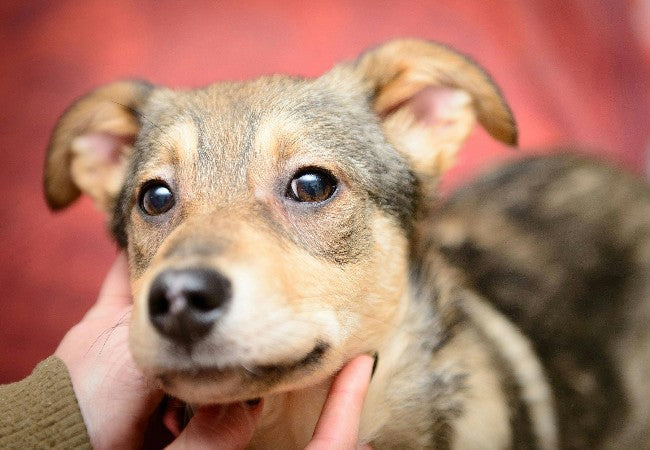Veterinarian’s 2025 Guide to Canine Rhinosporidiosis 🐾

In this article
Veterinarian’s 2025 Guide to Canine Rhinosporidiosis🐾
By Dr. Duncan Houston BVSc
🔍 What Is Rhinosporidiosis?
Rhinosporidiosis is a rare infection caused by Rhinosporidium seeberi, a fungus-like aquatic organism. It causes polypoid granulomas—often in the nasal mucosa—but can occasionally appear on eyes, skin, or urogenital tissue. 🌿
💡 How Dogs Are Infected
- Inhalation or mucosal contact with spores from stagnant water, dust, or soil
- Trauma to nasal mucosa facilitates spore implantation
- Typically affects young to middle-aged, large-breed dogs; may be slightly male-predominant
🚨 Clinical Signs
- Pulsatile, cauliflower-like nasal mass(s) with pinpoint white-yellow sporangia
- Sneezing, unilateral nasal discharge—often bloody or purulent—along with wheezing or labored breathing
- Signs can develop gradually over weeks to months
🔬 Diagnostics
- History of stagnant water exposure/semi-aquatic environments
- Clinical exam and rhinoscopy to visualize masses
- Biopsy & histopathology: reveals sporangia filled with endospores; more reliable than cytology
- Imaging (CT/X-ray): to assess mass extent; bony invasion is uncommon
🛠 Treatment Options
- Surgical excision with wide margins; debridement via rhinoscopy or rhinotomy
- Electrocautery or cauterization of lesion base to reduce recurrence
- Adjunctive medication: Dapsone has shown benefit in preventing relapse
- Antifungals (e.g., amphotericin B) and antiseptics (povidone-iodine) may be used post-op
📈 Prognosis & Follow-Up
- Good outcome when fully excised; disease-free survival up to 7+ years reported
- Recurrence occurs in ~10%–20%, often due to incomplete removal
- Monitor with periodic rhinoscopy for early detection of regrowth
🛡 Prevention & Care Tips
- Avoid letting your dog drink or wade in stagnant water bodies
- Protect the nasal mucosa—monitor sniffing or trauma potential during outdoor play
- Practice strict hygiene and disinfect any tools after surgery using chlorhexidine, povidone-iodine, or ethanol
🔧 Support Tools for Owners
- Ask A Vet App: 24/7 help with evaluating masses and post-op care 📱
✅ Final Thoughts
Though rare, rhinosporidiosis in dogs can be effectively managed with surgical removal and adjunct therapy. Histopathologic confirmation and vigilant follow-up are key to preventing recurrence. In 2025, paired with tech solutions like Ask A Vet, dog parents can confidently manage this unusual condition and protect their pet’s nasal health. 🐾❤️
Download the Ask A Vet app today for expert guidance on nasal growths, post‑surgical care, and recurrence monitoring. 📱💡






